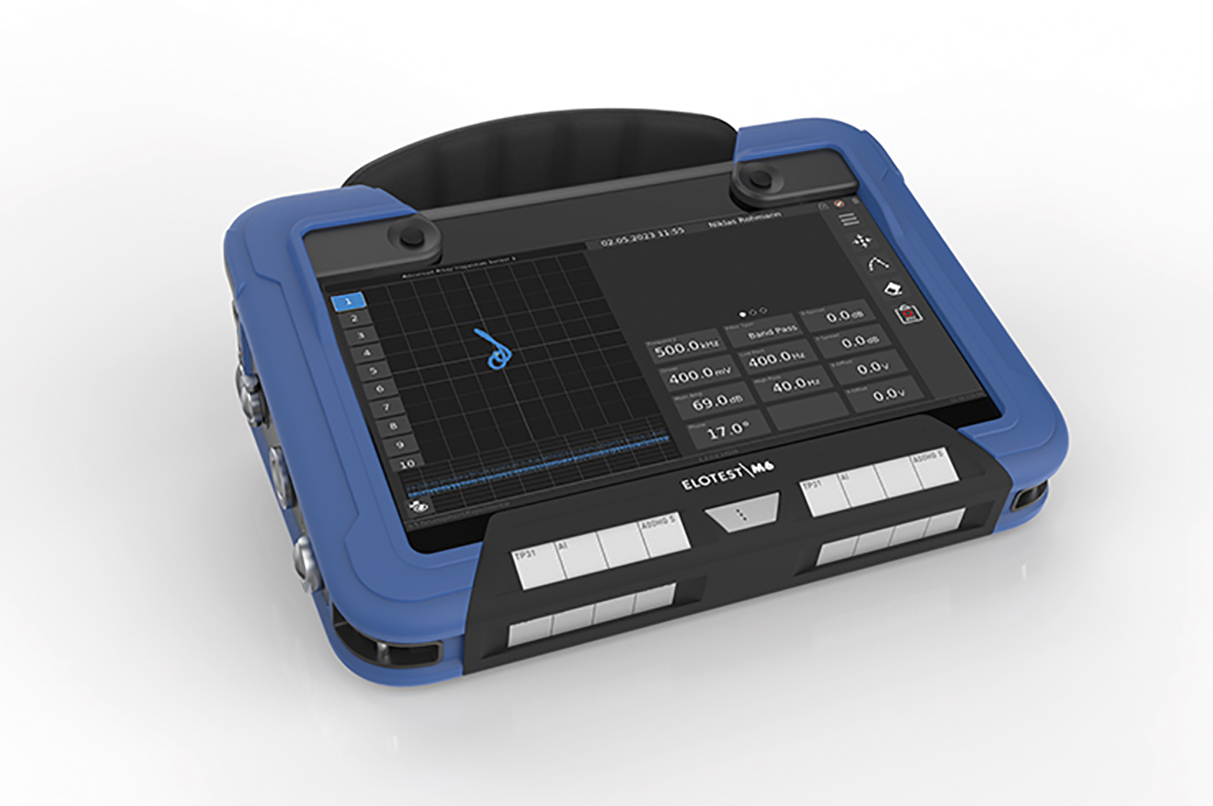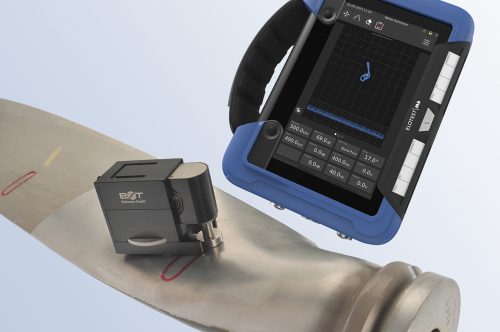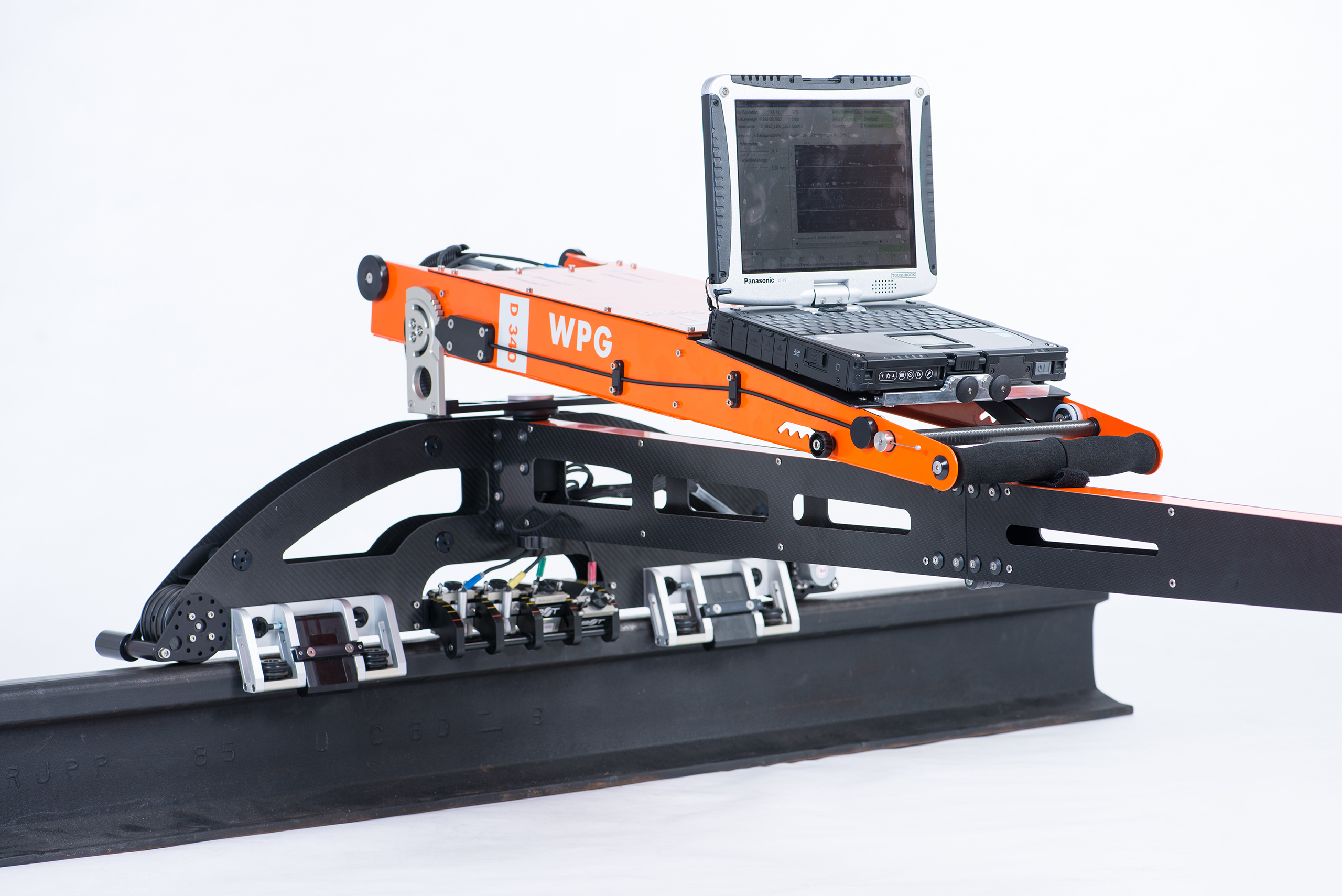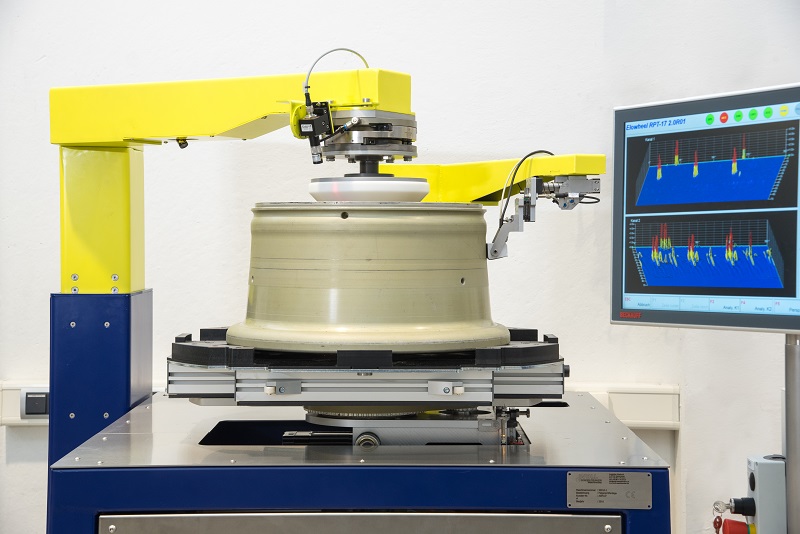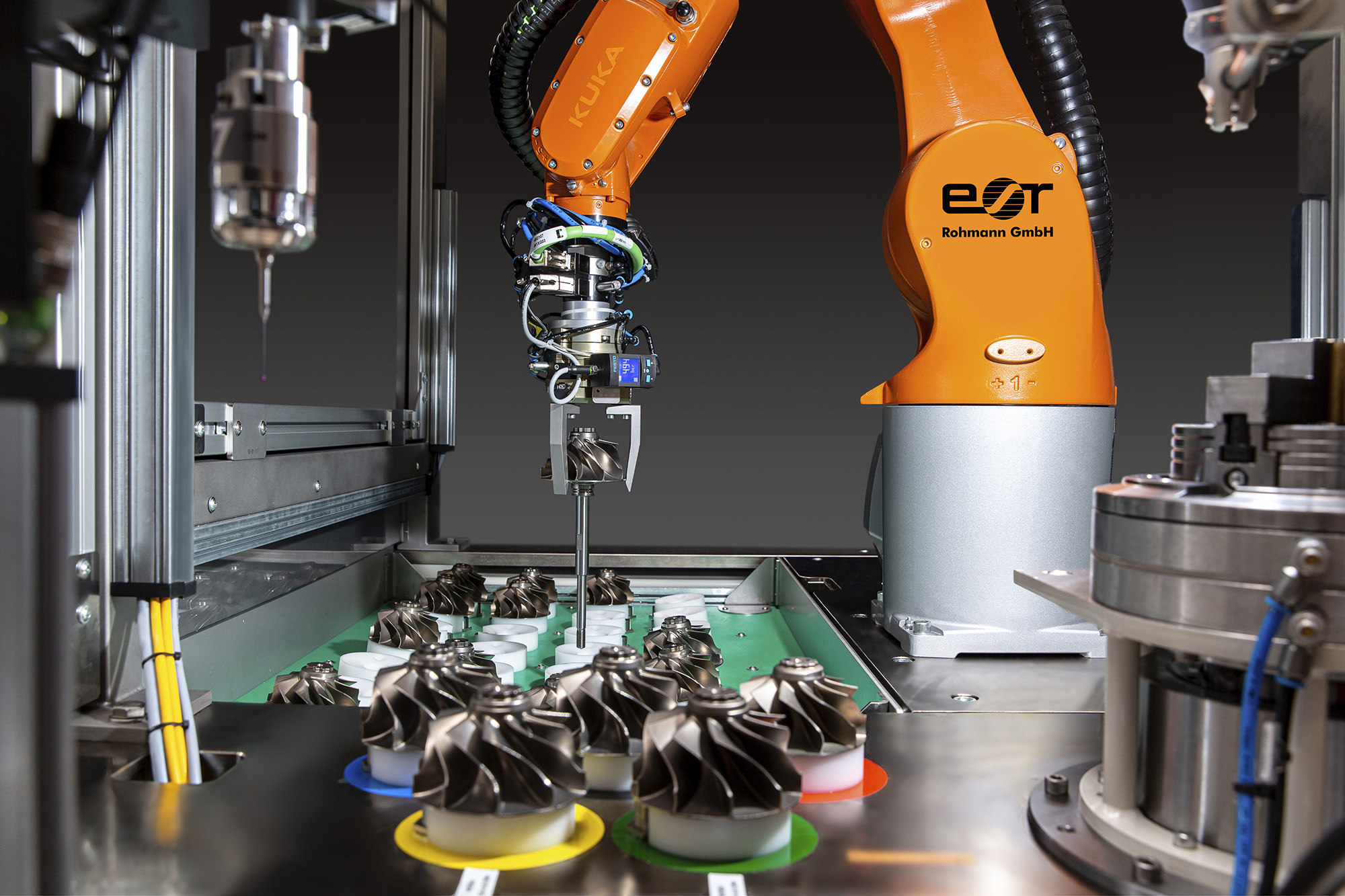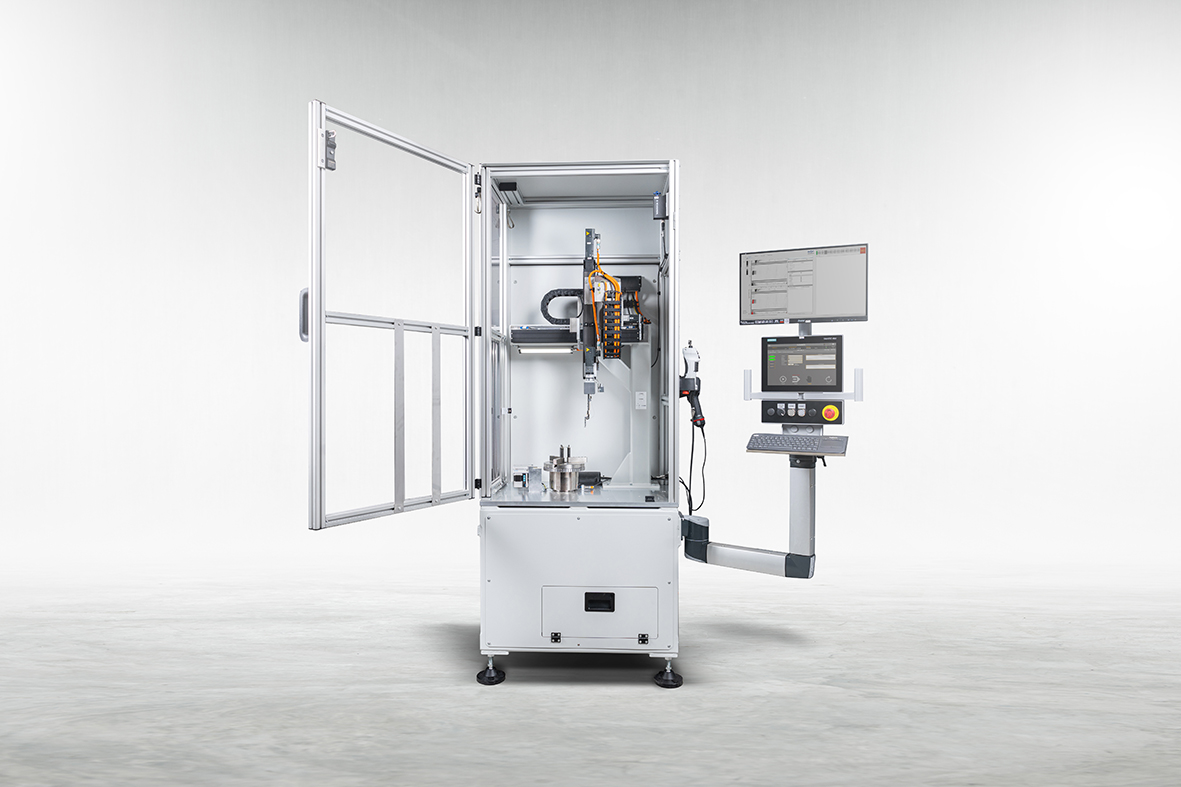
ROHMANN Eddy Current Test Instruments and Systems
This innovation has come full circle in a historic sense.
The Rohmann success story started in 1977 with the hand-held rototest and is now continuing with the new elotest m6. The digital single hand test instrument stands out due to the excellent quality of its signals. The new hand-held elotest m6 makes an impression thanks to an integrated C-Scan function for array probes and rotor applications. It is the first hand-held device, which provides an analysis of the harmonic wave for testing metallic materials for changes in the microstructure, hardness and strength.

